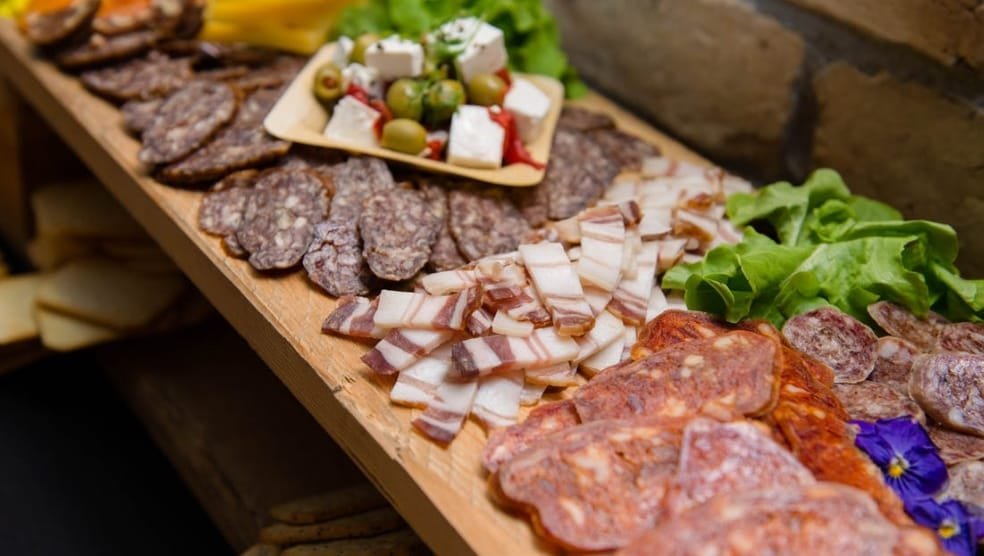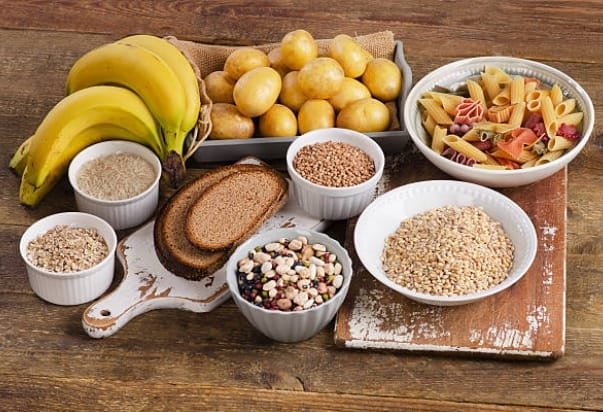“I Don’t Have Time” | Part 2 – How To Eat On A Busy Schedule
In the previous part of this article series, we gave you actionable tips on how to integrate training into a busy schedule. However, setting up your training regimen is just half the battle and if it is not supported by a proper nutrition plan, then all your hard work will be in vain.
This is why, in this article, we’re going to tell you exactly how you can create sustainable nutrition habits, which you can adhere to.
What is Meal Prep & Why and How You Should Do It
Meal prepping is without a doubt one of the most efficient ways to ensure you’ll get all your nutrients in. This method will save you time and money and will also give your body EVERYTHING needed to sustain healthy functioning, as well as any daily physical and mental activities.
At its very core, meal prepping implies cooking for a couple of days ahead, all at once. This is a very flexible approach, as it allows you to prepare certain foods in bulk, which you can then use to create a variety of recipes.
Step #1 – Choose your Protein & Fat sources
As you should know by now, protein & fats are essential to the body, as they regulate a variety of vital processes, including but not limited to recovery, healthy functioning of all bodily systems and tissues, regulating hormonal function, etc. If any of the 2 is in a deficit, you may experience unpleasant side effects, such as premature exhaustion, constant tiredness, brain fogs and disrupted sleep cycles.
This is why it is a good idea to pick out your protein & fat sources in the first place. If you’re an omnivore, animal products should be your main protein & fat sources, as they contain all essential amino acids & fatty acids.
Essential basically means those are nutrients the body needs for optimal health, but can’t produce on its own. This means that most of your daily protein will come from foods like chicken, beef, eggs, fish, prawns, cheese, and other dairy products.
If however, you are a vegetarian or a vegan, you are best off combining different grains, beans, and other legumes, to get the full amino acid profile.
Step #2 – Choose Your Carbohydrate Sources
Now, protein and fats are essential for the body but the fact of the matter is that carbohydrates aren’t really the same. Though they are the preferred energy source for the body, they are non-essential, since the body can produce glucose via a process called “gluconeogenesis”. And though that stands true, it is always a good idea to get your daily carbohydrates in, especially if you are an active individual.
The best sources of carbohydrates are all grains, beans, legumes & other wholegrain products. These will grant a consistent, gradual flow of energy to the body, to meet all its energy needs for physical and mental activities. We recommend white & brown rice, sweet potatoes, oats, starchy vegetables & fruits.
Step #3 – What about micronutrients
Besides protein and fat, most micronutrients are also essential to the body, as it needs them to regulate certain processes. However, if you rely on diverse nutrition and include plenty of different products in your menu, you don’t really need to pay specific attention to micronutrients. That is unless of course, you have certain micronutrient deficiencies, at which case your best bet is to consult with your doctor.
Step #4 – Cook in bulk!
Once you’ve picked out your favorite protein, fat & carbohydrate sources, it is time to cook!
For the meats, you can use basic marinade – Soy sauce, salt & pepper. Once that’s done, you’ll have ~2-3 lbs of meat all cooked and ready. For your grains and root crops, you can use basic seasoning and preparation.
Once that’s done, you’ll have a solid amount of carbohydrates ready on demand. Since these are prepared in a very basic way, you can use them as a BASE to add upon. And so for example, you can take some of the pre-cooked meat and toss it in a pre-heated pan with some vegetables, glazes & other spices.
The same goes for your carb sources, meaning that you can craft a variety of recipes and bring diversity to your nutrition, even though you cook the same foods every time.
Again, these are just your bases for meals and you can furthermore add vegetables, dried tomatoes, olives, capers and any other side products you may like.
Step #5 – Enjoy your food & time
Most people think that cooking your own food is time & money-consuming, but the truth is that it really is just the opposite of that. Home prepped food is ALWAYS cheaper and takes less total time…
On top of that, developing this healthy habit will actually GIVE YOU more time on this precious planet. So, what is it you can lose with meal prepping? Nothing, really.
Conclusion
In the modern-day, busy daily lifestyle, eating healthily can often be a difficult task for many people. More often than not, people fall for trend diets that don’t really pay any attention to the actual needs of their bodies. This is where establishing an individual nutrition plan and cooking your own food, can come in handy.
Generally, following a balanced, diverse approach to nutrition is your best bet, as that will grant the body all the macro and micro nutrients that it needs to function well. Furthermore, following this approach & preparing the majority of your foods in bulk, is something you can do to save you time and money.
Remember to ALWAYS take care of your body, on the regular basis. Nutrition is not a diet with a start and end date, but rather a habit you should adopt and maintain for the rest of your life.














